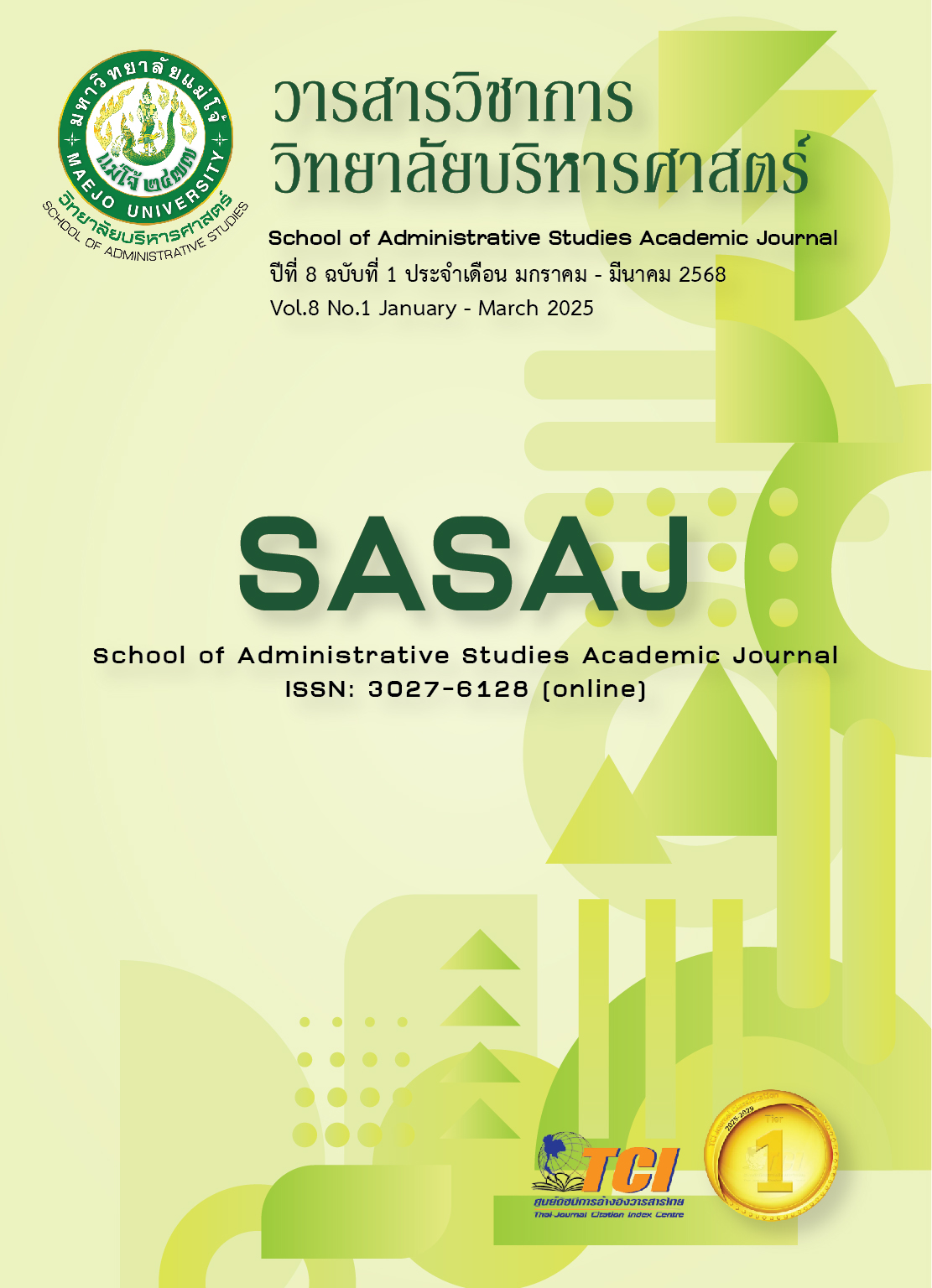การพัฒนาศักยภาพผู้นำชุมชนเทศบาลตำบลไหล่หิน อำเภอเกาะคา จังหวัดลำปาง
Main Article Content
บทคัดย่อ
การวิจัยครั้งนี้มีวัตถุประสงค์คือ 1) เพื่อศึกษาปัญหาและกระบวนการทำงานของผู้นำชุมชนในการปฏิบัติงานพัฒนาเทศบาลตำบลไหล่หิน อำเภอเกาะคา จังหวัดลำปาง 2) เพื่อเสริมสร้างและพัฒนาศักยภาพผู้นำชุมชน ในการปฏิบัติงานพัฒนาแบบมีส่วนร่วมในเทศบาลตำบลไหล่หิน อำเภอเกาะคา จังหวัดลำปาง เป็นการวิจัยเชิงคุณภาพ เครื่องมือวิจัยที่ใช้คือ การสนทนากลุ่ม การสัมภาษณ์เชิงลึก ผู้ให้ข้อมูลสำคัญ 50 คน วิเคราะห์ข้อมูลโดยใช้เทคนิคการวิเคราะห์เชิงเนื้อหาและเรียบเรียงเสนอโดยวิธีพรรณนา
ผลการวิจัยพบว่า ผู้นำแหล่งเรียนรู้ชุมชน โดยส่วนมากมีบทบาทและภารกิจความรับผิดชอบที่ซ้ำซ้อนในการทำงานต่าง ๆ เพื่อชุมชน ขณะที่ผลการวิเคราะห์ข้อมูลสภาพปัญหาพบว่า แกนนำชุมชน ขาดการแสดงออก ไม่มีความมั่นใจการนำเสนอ ขาดทีมงานคนรุ่นใหม่รับช่วงต่อกิจกรรม และขาดกระบวนการคิด การตัดสินใจร่วมกัน และขาดองค์ความรู้เพื่อยกระดับการนำเสนอข้อมูลที่ดี
ผลการเสริมสร้างและพัฒนาศักยภาพผู้นำชุมชนพบว่า กลุ่มเป้าหมาย ได้พัฒนาการสื่อสารที่ดีขึ้น กล้าแสดงออกในฐานะวิทยากรแหล่งเรียนรู้ชุมชน มีการเรียนรู้ร่วมกัน ด้วยการปรับพฤติกรรมการพูด ขณะที่การทำงานเป็นทีมพบว่า ได้มีการแลกเปลี่ยนเรียนรู้ร่วมกัน โดยคำนึงถึงความสัมพันธ์ของความเป็นทีม ในการบริหารงานแหล่งเรียนรู้ในภาพรวม
ผลวิจัยได้พบองค์ความรู้ที่สำคัญของงานพัฒนาที่สร้างการเปลี่ยนแปลงจากเรื่องเล็ก ๆ ในชุมชน โดยเริ่มจากสมาชิกแหล่งเรียนรู้ต่าง ๆ ที่มีจิตอาสาและรักชุมชน ร่วมลงมือทำด้วยตนเองอย่างต่อเนื่อง ภายใต้การสื่อสารสนทนาเพื่อการเรียนรู้ร่วมกัน ก่อเกิดเป็นปัญญาร่วมกันในชุมชน มีความสัมพันธ์อันดีต่อกัน นับเป็นปัจจัยสำคัญที่ส่งผลต่องาน พัฒนาให้ก้าวหน้าต่อไปได้
Article Details

อนุญาตภายใต้เงื่อนไข Creative Commons Attribution-NonCommercial-NoDerivatives 4.0 International License.
ลิขสิทธิ์
เอกสารอ้างอิง
ชัยวัฒน์ ถิระพันธุ์. (2557). บันทึกการเรียนรู้ Authentic Leadership. กรุงเทพฯ: เอมี่ เอ็นเตอร์ไพรส์.
ประเวช วะทาแก้ว, และ ประภาส แก้วเกตุพงษ์. (2563) รูปแบบภาวะผู้นําตามแนวพระพุทธศาสนา. วารสารวิชาการวิทยาลัยบริหารศาสตร์, 3(3), 94 -106.
ยุรพร ศุทธรัตน์. (2552). องค์การเพื่อการเรียนรู้. กรุงเทพฯ: สำนักพิมพ์แห่งจุฬาลงกรณ์มหาวิทยาลัย.
วรภัทร์ ภู่เจริญ. (2554). พัฒนาคน พัฒนาใจ พัฒนาใจ HRD 3.0 เติมหัวใจให้องค์กร (พิมพ์ครั้งที่ 2). กรุงเทพฯ: อริยชน.
ศุภวัลย์ พลายน้อย. (2547). จากการวิจัยเชิงปฏิบัติการสู่การวิจัยเชิงปฏิบัติการเพื่อสร้างชุมชนแห่งการเรียนรู้. มหาวิทยาลัยมหิดล: นครปฐม.
สมชาย ภคภาสน์วิวัฒน์. (2564). การบริหารเชิงกลยุทธ์ (พิมพ์ครั้งที่ 21). กรุงเทพฯ: อมรินทร์ฮาวทู.
สมสิทธิ์ อัสดรนิธี. (2563). หัวใจทฤษฎีตัวยู: หลักการและการประยุกต์ใช้สู่การตื่นรู้และการสร้างขบวนการทางสังคม. กรุงเทพฯ: มูลนิธิโกมลคีมทอง.
สุจิพร ขันทา. (2566). รายงานการอบรมเชิงปฏิบัติการพัฒนาศักยภาพผู้นำแหล่งเรียนรู้ เทศบาลตำบลไหล่หิน เทศบาลตำบลไหล่หิน อำเภอเกาะคา จังหวัดลำปาง. ลำปาง: มหาวิทยาลัยราชภัฎลำปาง.
Den Hartog, D. N., & Koopman, P. L. (2001). Leadership in Organizations. In N. Anderson, D. S. Ones, H. K. Sinangil, and C. Viswesvarvn. (Eds.), Handbook of Industrial, Work, and Organizational Psychology (pp. 166-187) England: SAGE.
Hofstede, G., & Hofstede, G. J. (2005). Cultures and Organizations: Software of The Mind (2nd ed.). New York, NY: McGraw-Hill.


